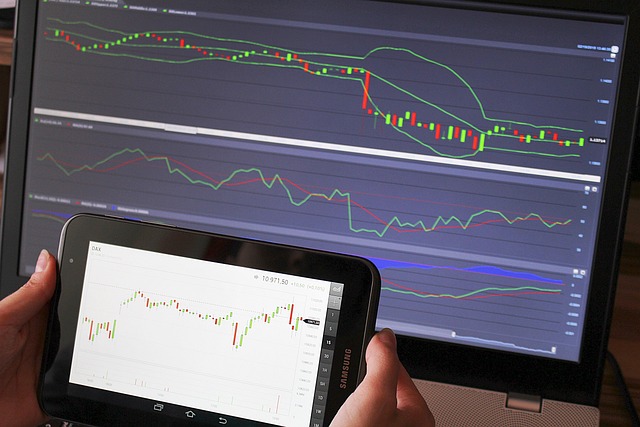Unraveling Day Trading Australia: A Comprehensive Step-by-Step Guide
Day trading is a high-risk, high-reward investment strategy popular in Australia and globally, where traders aim to profit from short-term market fluctuations by buying and selling assets within the same day. It requires technical skills, quick…….

Day trading is a high-risk, high-reward investment strategy popular in Australia and globally, where traders aim to profit from short-term market fluctuations by buying and selling assets within the same day. It requires technical skills, quick decision-making, robust risk management, and constant monitoring of economic indicators, news, and industry developments. This dynamic approach demands agility and advanced tools for potential substantial gains in stocks, commodities, currencies, or cryptocurrencies.
“Unravel the fast-paced world of day trading with this comprehensive guide tailored for Australia. Discover the art of capitalizing on short-term price fluctuations in various financial markets, from stocks to forex. We demystify ‘what is day trading’ and differentiate it from long-term investing strategies. By navigating regulatory requirements, choosing the right broker, and mastering market analysis, you’ll be equipped to execute trades effectively. Learn a proven step-by-step approach, from setting up your account to continuous performance analysis, ensuring every decision is informed and strategic.”
- Understanding What is Day Trading
- – Definition and basic concept
- – Differences between day trading and long-term investing
Understanding What is Day Trading

Day trading is a high-intensity investment strategy where traders aim to profit from short-term price fluctuations in financial markets. It involves buying and selling assets within the same trading day, seeking to capitalize on small price movements. This dynamic approach requires a deep understanding of market dynamics and often leverages advanced analytical tools and technologies. In Australia, as in many other countries, day trading is popular among both retail and institutional investors due to its potential for substantial gains.
Traders who engage in day trading need to possess a combination of technical skills, quick decision-making abilities, and a robust risk management strategy. The market’s constant changeability demands that day traders stay informed about economic indicators, news events, and industry-specific developments that can impact asset prices. This fast-paced environment necessitates agility and adaptability, as successful day trading often hinges on seizing opportunities at precisely the right moment.
– Definition and basic concept

Day trading involves buying and selling financial instruments within the same trading day, aiming to profit from short-term price fluctuations. It’s a high-risk, high-reward strategy that requires a deep understanding of markets, quick decision-making abilities, and access to real-time data. The basic concept revolves around identifying profitable opportunities in various asset classes such as stocks, commodities, currencies, or cryptocurrencies, capitalizing on small price movements.
Day traders utilize advanced trading tools, charts, technical indicators, and analytical techniques to make informed decisions. They monitor market trends, news events, and economic indicators constantly, seeking patterns and signals that can predict short-term price swings. This dynamic and fast-paced approach demands a disciplined mindset, rigorous risk management strategies, and an ability to withstand the emotional rollercoaster inherent in quick trading.
– Differences between day trading and long-term investing

Day trading in Australia differs significantly from long-term investing, with each approach having its own set of strategies and goals. What is day trading? It’s an intensive short-term investment strategy where traders buy and sell financial assets within the same trading day, aiming to profit from small price fluctuations. This requires constant monitoring of markets, quick decision-making, and a high tolerance for risk. Traders often use leverage, borrowing funds to increase their purchasing power, which can amplify both gains and losses.
In contrast, long-term investing involves holding assets—typically stocks, bonds, or mutual funds—for an extended period, often years or even decades. This approach focuses on capital appreciation, dividends, and interest over time rather than immediate price movements. Long-term investors are less concerned with intraday market noise and more focused on fundamental analysis, studying company financial health, industry trends, and economic indicators to make informed investment decisions.
Day trading in Australia offers both exciting opportunities and significant challenges. By understanding what is day trading, its unique dynamics compared to long-term investing, and adopting a strategic approach, aspiring traders can navigate the markets effectively. This step-by-step guide provides a solid foundation for those looking to explore the world of day trading, empowering them to make informed decisions and potentially turn their financial aspirations into reality.







